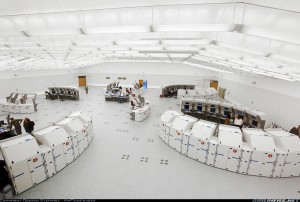25/11/2009
This is doing the rounds of homeopathy forums. Fiver says it was seeded by an “enemy” for a joke, and they’re watching the response open-mouthed…
There is a parliamentary ‘scientific committee’ which examines the scientific evidence for certain contentious problems, and the anti-homeopathy brigade have asked this committee to examine the evidence base for homeopathy.
[…]
So, as you can see, it’s a stitch-up. When the results of the enquiry are published, it is highly likely that they will find “there is no evidence for homeopathy.. .blah…blah. ..blah… and therefore we recommend that homeopathy be removed from the NHSâ€. As it’s a parliamentary committee, the government always takes thier conclusions seriously, and will probably implement them.
[…]
Anyway….we are not taking this lying down. We have decided to carry out an Intention Experiment, and we are doing this every day, at 9 p.m. GMT until 30th November, day when the committee makes its final deliberations.
PLEASE WILL YOU HELP IF YOU CAN? This involves 15 minutes of focussed, meditative, positive intention-making in order to support homeopathy and try to confound our enemies.
[…]
1. Choose a place away from electronic interference, mobiles, phones, TV etc. Add a plant, meditation music whatever helps you personally get into a meditative state.
2. Sit either in an upright chair or cross legged or similar
3. 1st 5 minutes: slow your breathing… in through your nose and out through your mouth for 15 seconds each minute, then
4.From 9:05 – 9:15 pm focus clearly on the statement below in whatever way suits you, see the Committee accepting Homeopathy works, or people being able to
have Homeopathy treatment on the NHS, feel positive and joyful, really see, hear, smell, sense (whichever way you imagine/visualize) the reality of it.
“We intend the outcome for the UK homeopathy evidence check to be wholly and fully in favour of homeopathy. We intend for the vast and thorough body of scientific data supporting the efficay of homeopathy to be seen, heard and recognised as valid, solid and scientific. This is so, and it is doneâ€
Uri Geller must be pissing himself.



